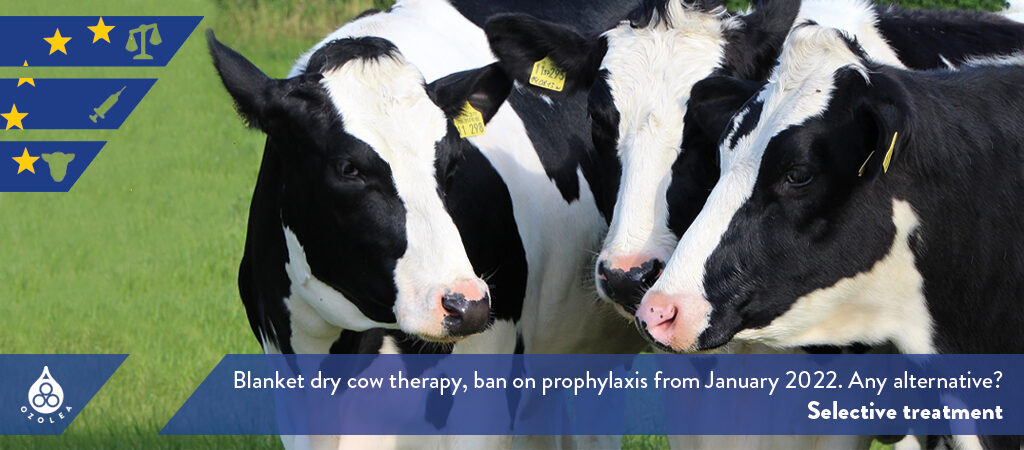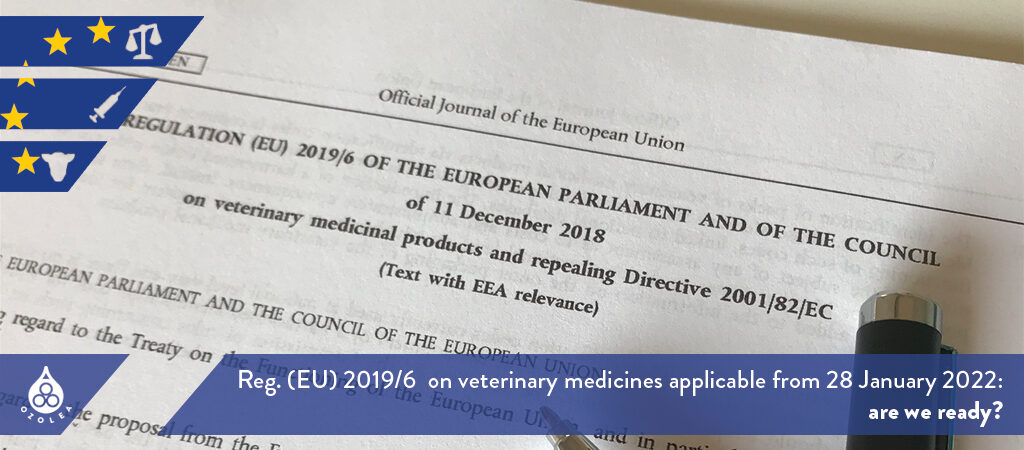One week ago, we introduced the new VMP Regulation. Among the key measures, it will reinforce the EU’s strategy against antimicrobial resistance (AMR) by introducing a ban on the preventive use of antibiotics in groups of animals (prophylaxis) and other restrictions on irrational and unnecessary use of antibiotics. They will be used only by way of exception.
When thinking of prophylactic treatments in dairy cows, the one immediately coming to mind is blanket dry cow therapy (BDCT).
When it was first introduced more than seventy years ago, it was a revolutionary approach since it made possible for dairy farmers to deal with major udder issues as a treatment for intra-mammary infections, at the end of lactation and as a preventive measure for potential new infections at dry-off, which is one of the most delicate moment in a cow’s life.
Things have changed, and, with the help of veterinarians and technicians, dairy farmers have been playing their part in prevention better and better, year after year. Thus, while in the past blanket therapy was well justified by several reasons, now for many dairy farmers it is no more necessary.
On the contrary, it could be really detrimental, and the risk is substantially linked to AMR.
A not brand-new approach but the future: selective dry cow therapy
Despite these considerations, for all the EU dairy farmers BDCT, as a prophylactic treatment, will be banned from 28 January 2022. Time is running out, and in this pretty short period of time the ideal transition would be towards the application of selective dry cow therapy (SDCT) for all the dairy farms.
SDCT allows the dairy farmer to identify and individually treat cows or quarters likely to be infected at dry-off. Recently, scientific research has been able to verify whether SDCT could be successful in protecting udder health and to describe its effect on antimicrobial use and economics.
Actually, some dairy herds are not yet ready for SDCT.
What conditions should a dairy farmer consider for the introduction of a SDCT program in their dairy herd? Let’s make an overview.
Herd eligibility: what parameters?
SDCT can be really effective in those dairy herds with a good history of milk quality and dairy herd health. Despite its potential, SDCT involves some risks, thus we must ponder some aspects to have a successful SDCT program.
Specific questions should be made and, if the answer to all of them is yes, the herd is eligible for DCST.
Are somatic cell counts (SCC) and mastitis issues under control? At least, the followings have to occur:
- bulk tank SCC constantly below the reference value of 200,000 cell/ml in the current lactation;
- contagious mastitis pathogens (Staphylococcus aureus and Streptococcus agalactiae) under control;
- no infections (including subclinical issues) at the time of drying-off;
- no clinical mastitis events during current lactation.
We also have to think over the conditions of the environment where cows live. Are facilities for dry cows good and proper management practices in place? We will need:
- excellent hygiene measures at dry-off and in calving facilities;
- cleanliness maintained in housing;
- the right space (1 cubicle) per each dry cow;
- regular checks for any sign of mastitis.
To approach the correct SDCT program for any dairy herd, consulting veterinarians and attending training courses will be essential for the proper implementation of the therapy.
Once we have set up the SDCT program, methodically monitoring the work in progress is essential!
When the questions lead to “no”: how to prepare
When the dairy herd is not yet ready for a selective dry cow treatment, the farmer should rethink the principles on which the prevention of new infections is based. Here some basic indications:
- careful hygiene management in lactation, dry period and calving facilities;
- proper use of teat sealants when drying-off;
- adequate management and attention in the specific diet variations during the cow’s transition period;
- improvement of management and recording skills.
Remember, knowing the lactation history for each cow, for any related aspect (intra-mammary infections, treatments, SCC, etc.) is one of tool for a good SDCT program. Let’s start working on it consistently!


